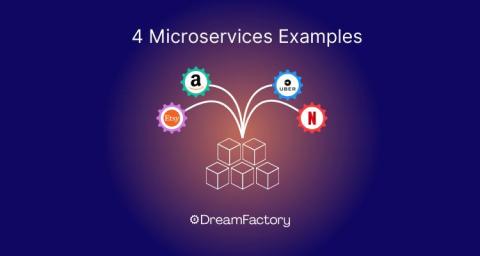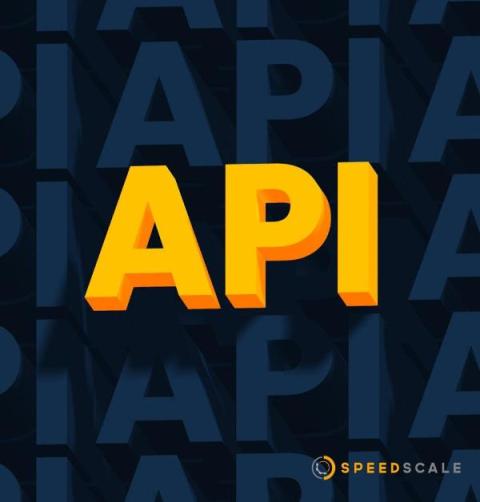4 Microservices Examples: Amazon, Netflix, Uber, and Etsy
Some of the most innovative and profitable microservices architecture examples among enterprise companies in the world — like Amazon, Netflix, Uber, and Etsy — attribute their IT initiatives’ enormous success in part to the adoption of microservices. Over time these enterprises dismantled their monolithic applications. They then refactored them into microservices-based architectures to quickly achieve scaling advantages, greater business agility, and unimaginable profits.











